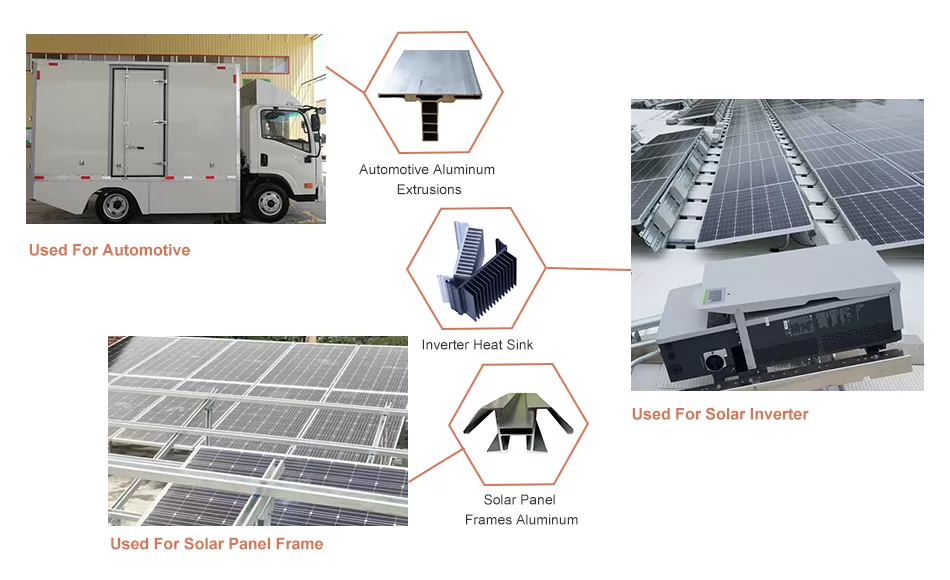Industrial aluminum profiles are commonly utilized in a wide range of applications due to their inherent strength, durability, and ease of customization. However, their versatility can be further enhanced by effectively combining them with other materials, creating innovative and functional solutions.
Enhanced Mechanical Properties
Aluminum’s high strength-to-weight ratio can be complemented by combining it with materials like steel or stainless steel. This combination significantly increases the overall strength and rigidity of the structure, making it suitable for applications subject to heavy loads or harsh environments. For instance, aluminum profiles integrated with steel reinforcements have been successfully used in heavy-duty machinery and construction frameworks.
Improved Fire Resistance
Aluminum’s resistance to corrosion and oxidation is well-established, but it can be further enhanced by pairing it with materials like composite panels or fire-resistant gypsum boards. These combinations create barriers that effectively resist fire spread, making them suitable for buildings and facilities requiring enhanced fire safety. Fire-rated aluminum profiles integrated with gypsum boards have gained popularity in high-rise office buildings and residential complexes.
Increased Electrical Conductivity
Aluminum’s electrical conductivity can be supplemented by combining it with materials like copper or copper alloys. These combinations provide excellent electrical conductivity, making them ideal for electrical enclosures, busbars, and other applications demanding efficient current transmission. For instance, aluminum profiles integrated with copper busbars are commonly used in power distribution systems to enhance current flow and minimize energy losses.
Improved Aesthetics and Functionality
Combining aluminum profiles with decorative materials like wood, glass, or fabrics adds aesthetic appeal and functional versatility. For instance, aluminum frames combined with wooden panels create a warm and inviting ambiance in furniture and interior design. Aluminum profiles integrated with glass allow for the creation of large windows and skylights, maximizing natural light and expanding visual horizons.
Enhanced Corrosion Resistance
Aluminum’s corrosion resistance can be further improved by combining it with materials like stainless steel or protective coatings. This combination provides superior resistance to harsh environments, chemicals, and extreme temperatures. For example, aluminum profiles coated with marine-grade paint or anodized have demonstrated exceptional corrosion resistance in coastal environments and industrial applications.
Conclusion
Combining industrial aluminum profiles with other materials offers a myriad of benefits, including enhanced mechanical properties, improved fire resistance, increased electrical conductivity, improved aesthetics and functionality, and enhanced corrosion resistance. By leveraging these combinations, engineers and designers can create innovative and versatile solutions that meet the evolving demands of modern applications, from heavy-duty construction to stylish interior design.




